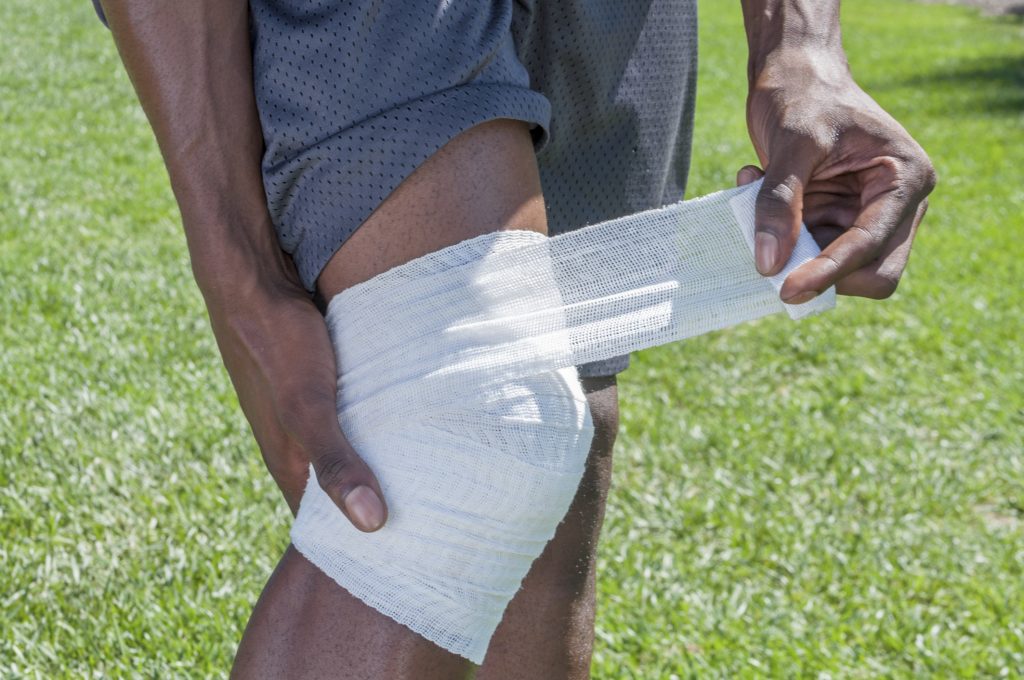FREE Shipping on Orders over $89 with Account – Create One Today!
- (844)-859-9400
- Get Help

A compression bandage, sometimes referred to as a Tensor bandage, is an elastic strip or tube of cloth which applies light pressure to the area where it is wrapped or pulled on. This action, in turn, assists with reducing swelling and fluid accumulation, which can help with healing and pain relief.
Compression bandages are a common first-aid item. They’re generally used for:
Compression bandages help with treating:
In general, wider bandages apply a greater degree of compression. A three- or four-inch bandage is recommended for adults, and a two-inch or smaller bandage is ideal for children.
The bandage should be applied and used within the first 48 hours after an injury occurs and be combined with elevation and rest.
To effectively facilitate healing:
Sources:
https://www.healthline.com/health/compression-wrapping
https://www.verywellhealth.com/elastic-bandages-1298333
https://myhealth.alberta.ca/Health/aftercareinformation/pages/conditions.aspx?hwid=abr6087
